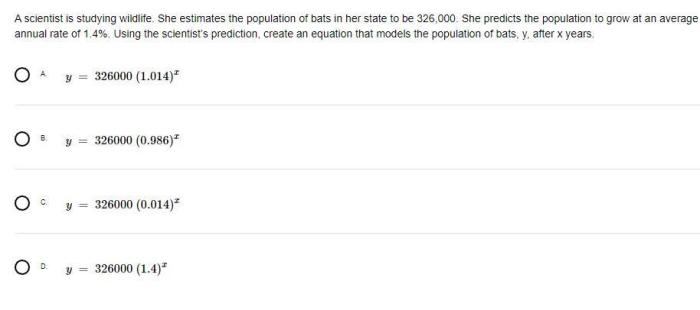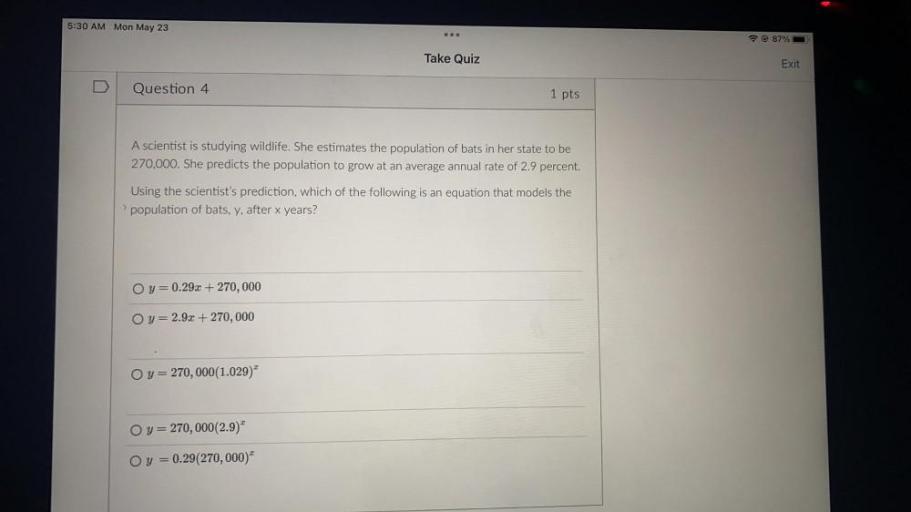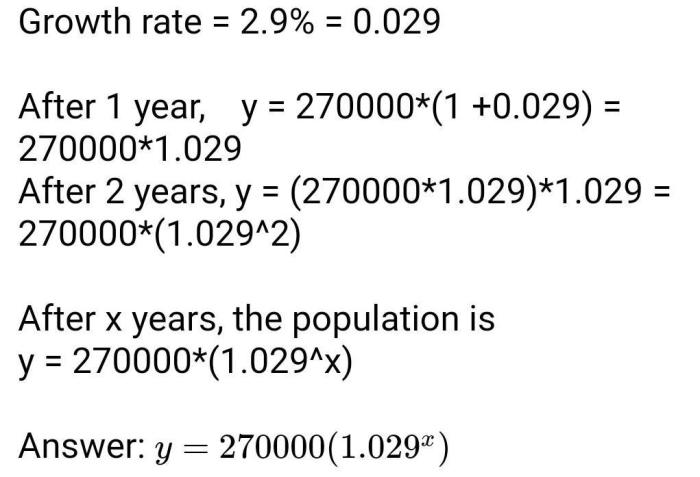A scientist is studying wildlife she estimates – A scientist is studying wildlife: she estimates population sizes, distribution, and density. Her research contributes to wildlife conservation and management strategies.
The scientist uses various methods to estimate wildlife populations, including field observations, data collection, and statistical modeling. She also assesses environmental factors that impact wildlife populations, such as habitat availability, food sources, predators, and disease.
Scientist’s Research Objectives: A Scientist Is Studying Wildlife She Estimates
The scientist’s primary objective is to estimate the size, distribution, and density of wildlife populations within a specific study area. Her research aims to provide critical data for conservation planning, management, and understanding the dynamics of wildlife populations.
Methods of Estimation
The scientist employs various methods to estimate wildlife populations, including:
- Direct counts: Direct observations and visual encounters to count individual animals within a defined area.
- Indirect counts: Non-invasive techniques such as track surveys, scat analysis, or camera trapping to estimate population abundance and distribution.
- Capture-recapture methods: Capturing, marking, and releasing animals to estimate population size based on the number of recaptures.
- Distance sampling: Measuring the distance between an observer and animal sightings to estimate population density.
Each method has its limitations, and the scientist carefully selects the most appropriate techniques based on the species, habitat, and research objectives.
Wildlife Population Characteristics
The scientist focuses on studying a specific wildlife species or group of species within the study area.
Population Size, Distribution, and Density
The research estimates the total number of individuals within the population, their spatial distribution, and the density at which they occur.
Factors Influencing Population Growth, Decline, or Stability
The scientist analyzes factors that influence population dynamics, such as birth and death rates, habitat availability, predation, disease, and human activities.
Environmental Factors

The scientist assesses how environmental factors impact wildlife populations:
Habitat Availability and Quality
The research examines the availability, distribution, and quality of habitats within the study area and their influence on wildlife populations.
Food Sources and Predation
The scientist investigates the availability of food resources and the presence of predators, and how these factors affect population growth and survival.
Disease and Parasites
The research analyzes the prevalence and impact of diseases and parasites on wildlife populations.
Implications for Conservation

The scientist’s findings contribute to wildlife conservation and management:
Management Strategies
The research provides data to develop and implement effective management strategies for protecting and restoring wildlife populations.
Conservation Planning, A scientist is studying wildlife she estimates
The population estimates and analysis of environmental factors inform conservation planning and decision-making.
Limitations and Future Research

The scientist acknowledges limitations in the research methods and findings:
Methodological Limitations
The scientist discusses the potential biases and uncertainties associated with the estimation techniques used.
Future Research Directions
The research suggests areas for future research to address these limitations and advance wildlife estimation techniques.
Essential Questionnaire
What are the scientist’s research objectives?
The scientist’s research objectives are to estimate wildlife population sizes, distribution, and density. She also aims to identify factors that influence population growth, decline, or stability.
What methods does the scientist use to estimate wildlife populations?
The scientist uses a variety of methods to estimate wildlife populations, including field observations, data collection, and statistical modeling. She also uses sampling methods to collect data on a representative sample of the population.
How do environmental factors impact wildlife populations?
Environmental factors can impact wildlife populations in a variety of ways. Habitat availability, food sources, predators, and disease can all affect population size, distribution, and density.
How do the scientist’s findings contribute to wildlife conservation?
The scientist’s findings contribute to wildlife conservation by providing information that can be used to inform management strategies and decision-making processes. Her research also highlights the importance of population estimates for conservation planning.